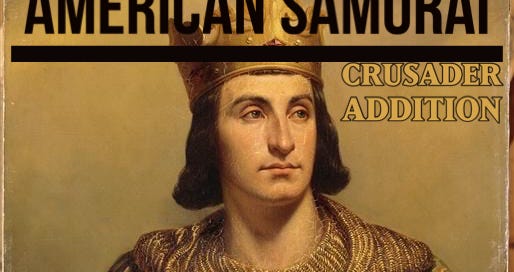On December 25, 1100, in the city of Jerusalem, Baldwin I was crowned King of Bethlehem. Following the death of Godfrey of Bouillon, a power struggle between Bohemond I of Antioch and the supporters of the late Godfrey of Bouillon landed Baldwin in the position of King. The early years of his reign were dedicated to consolidating power over Palestine, a…
© 2025 Texas John Slaughter
Substack is the home for great culture





